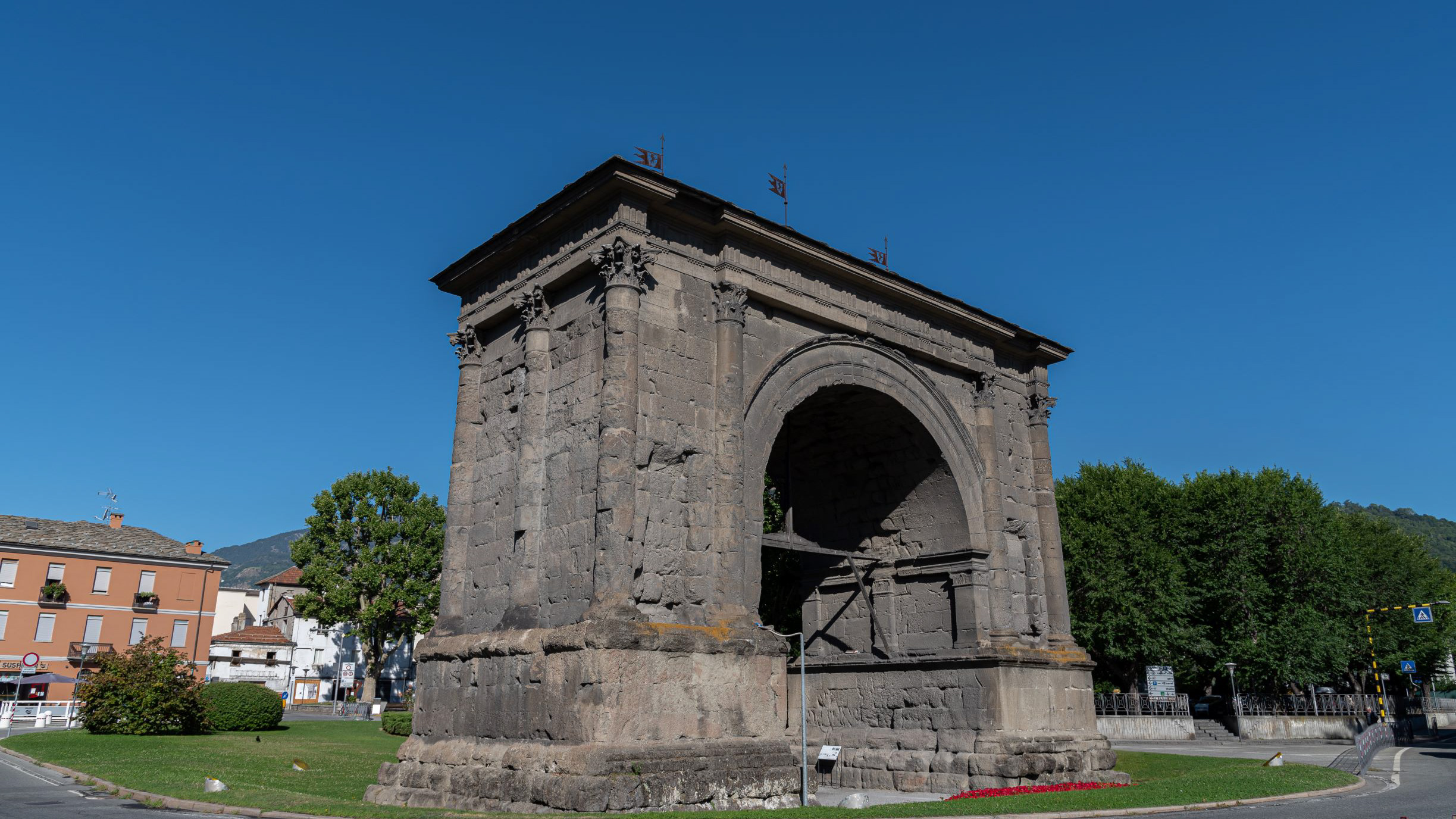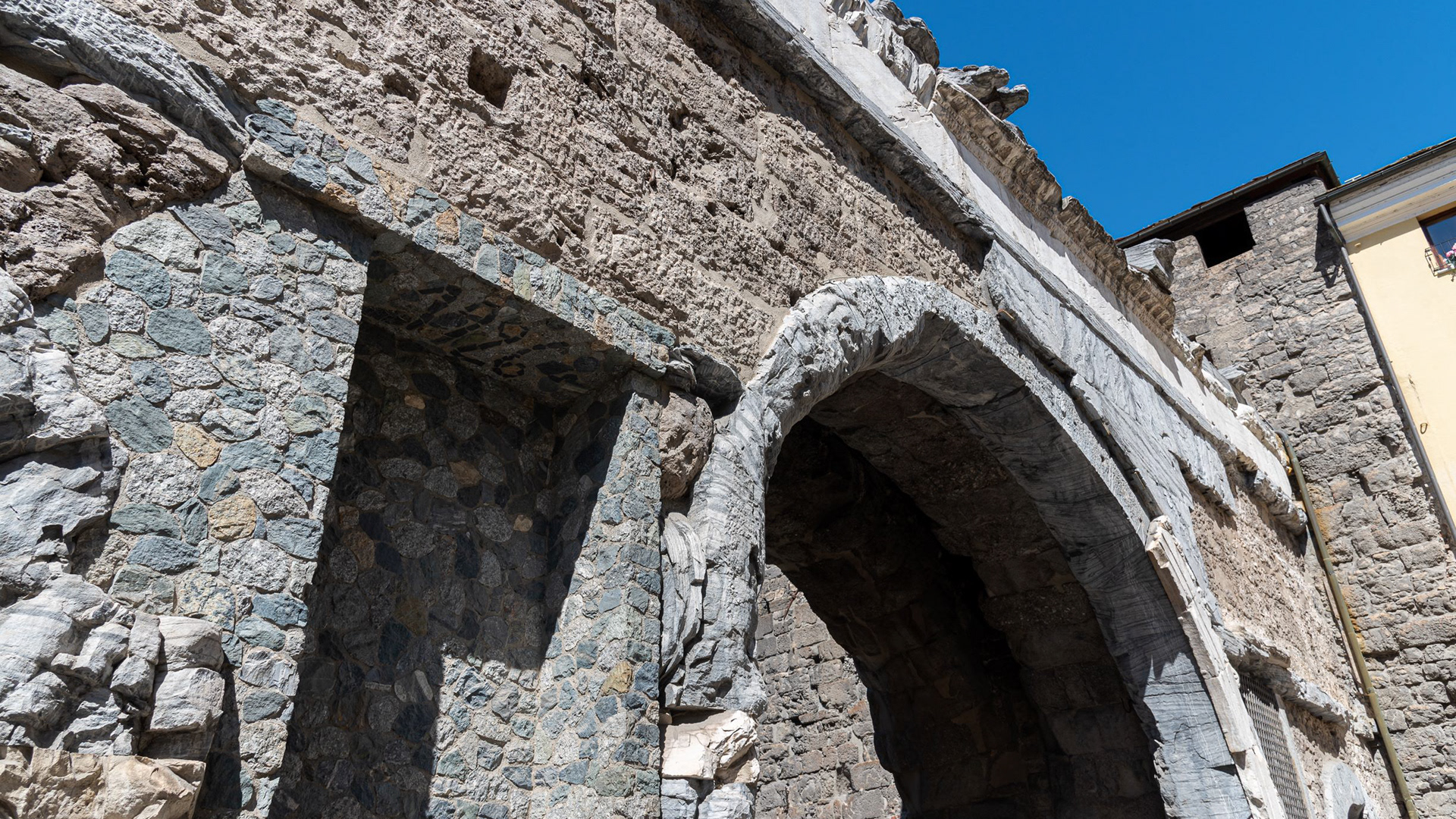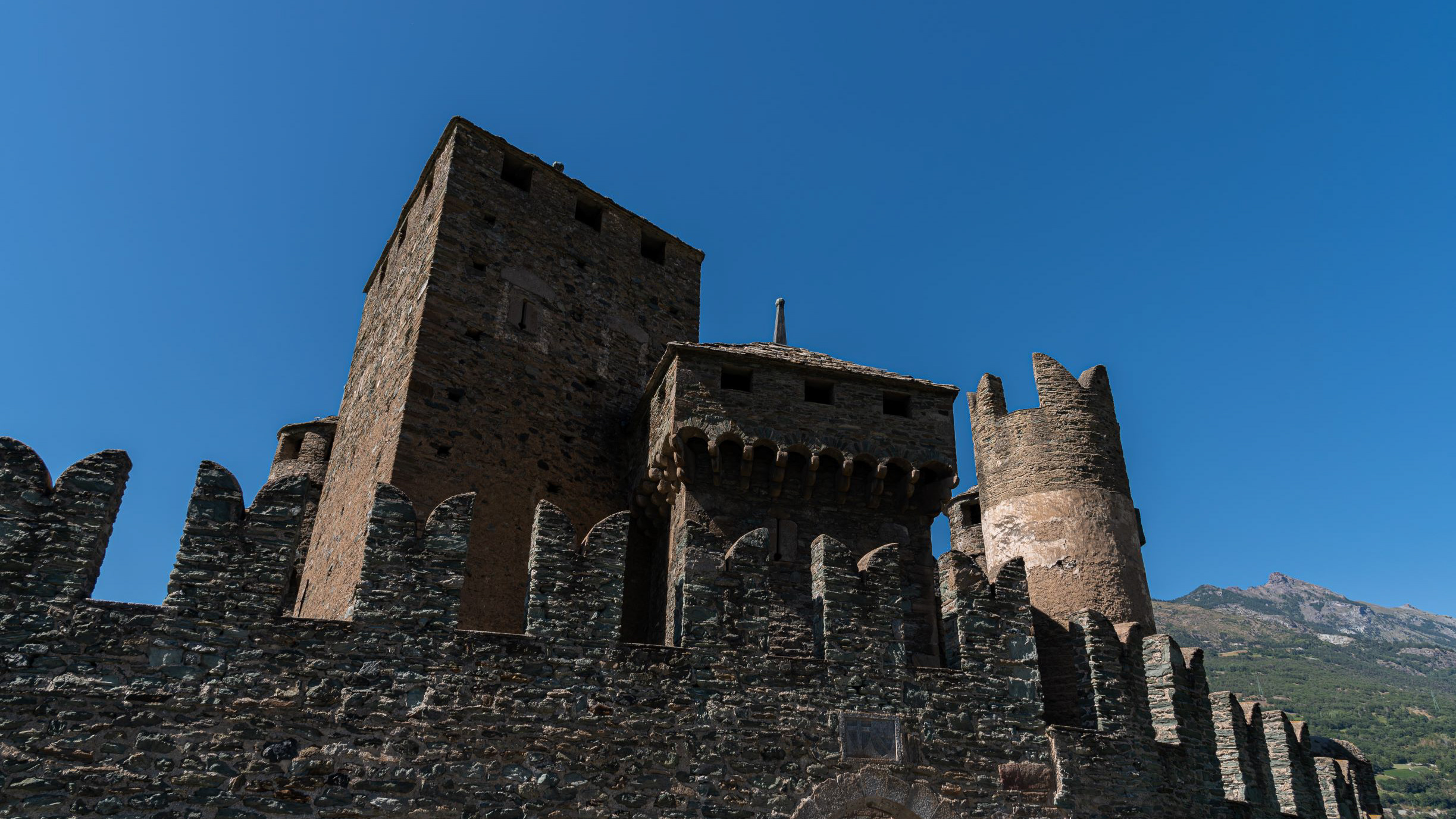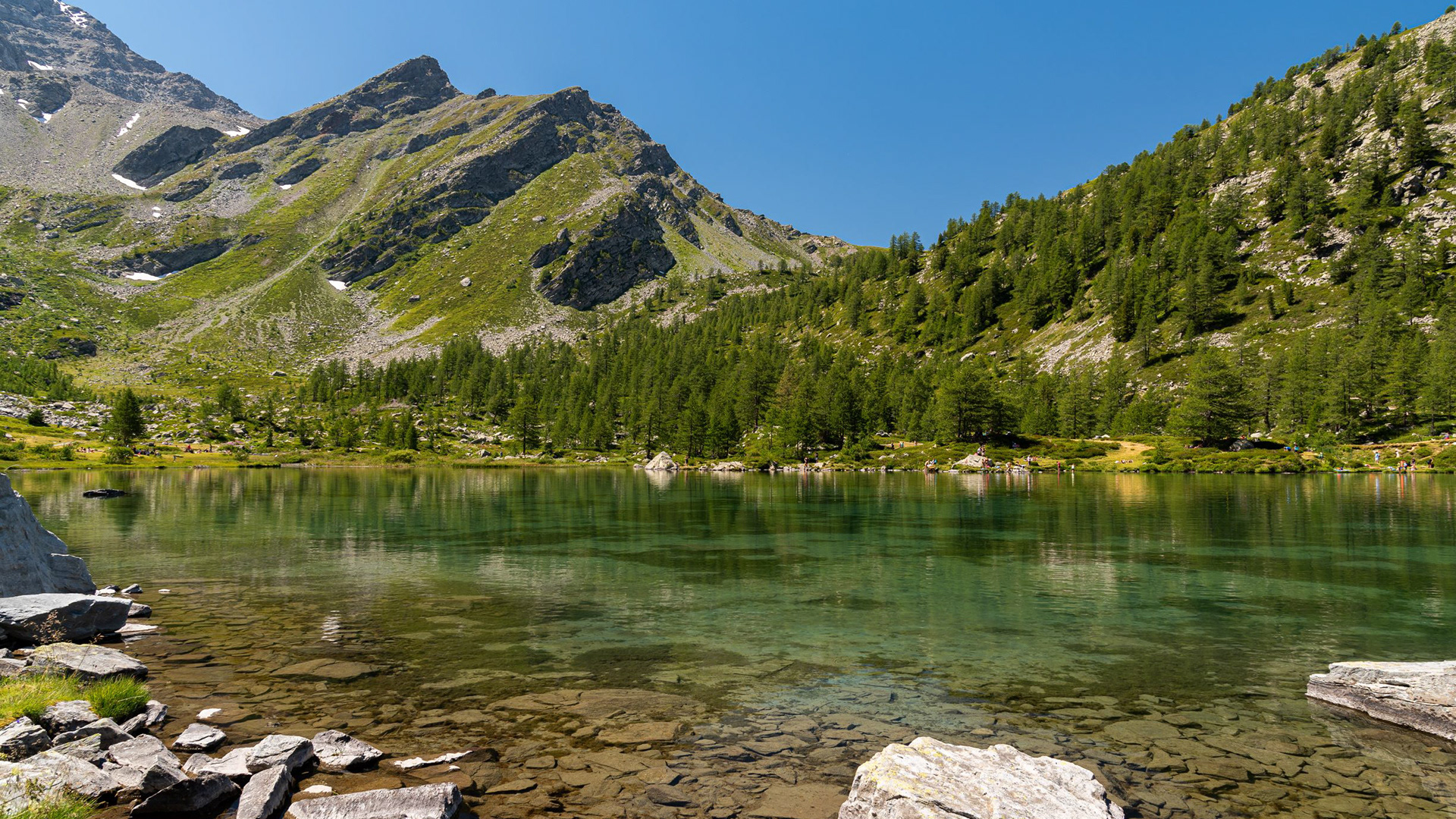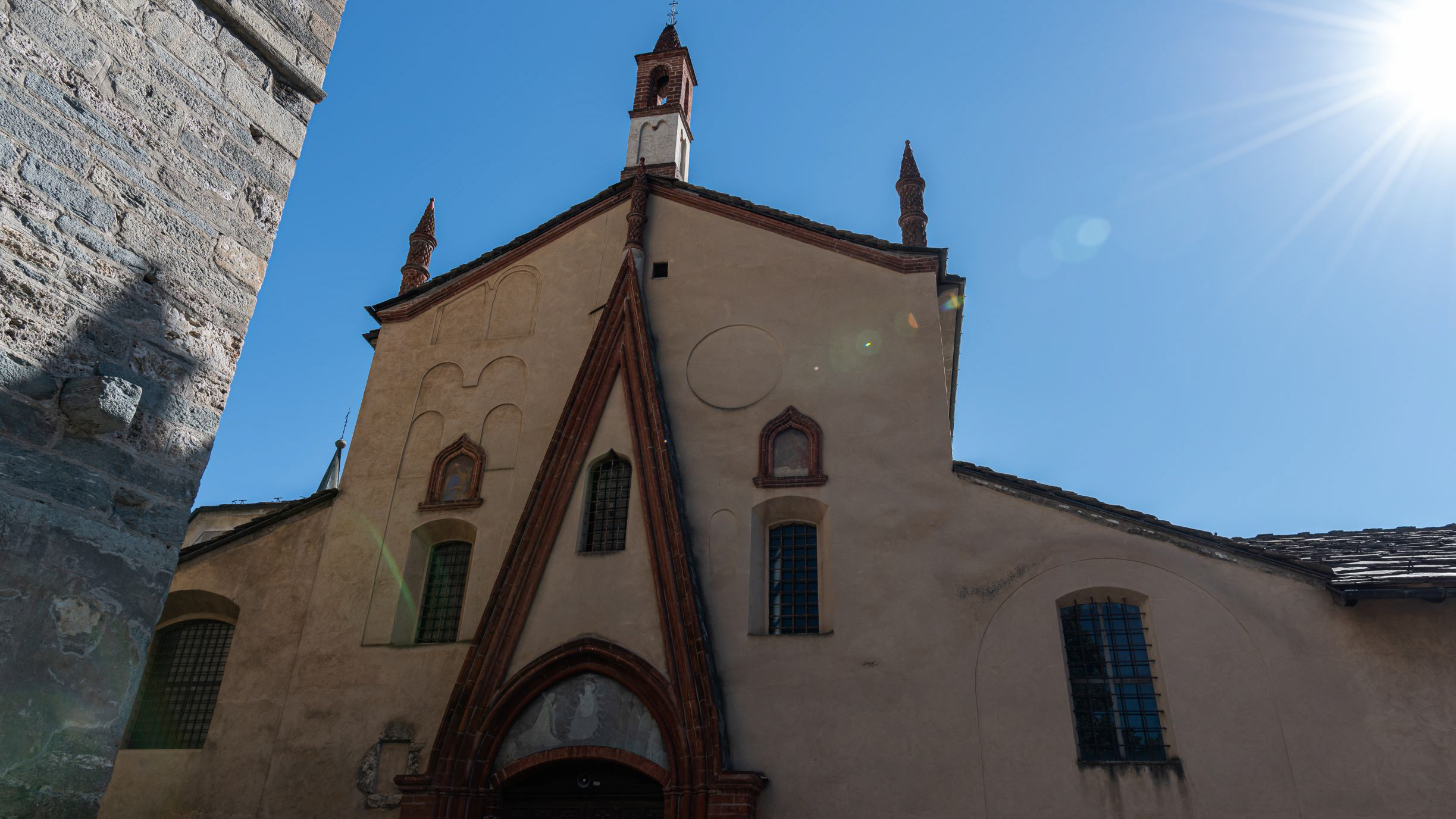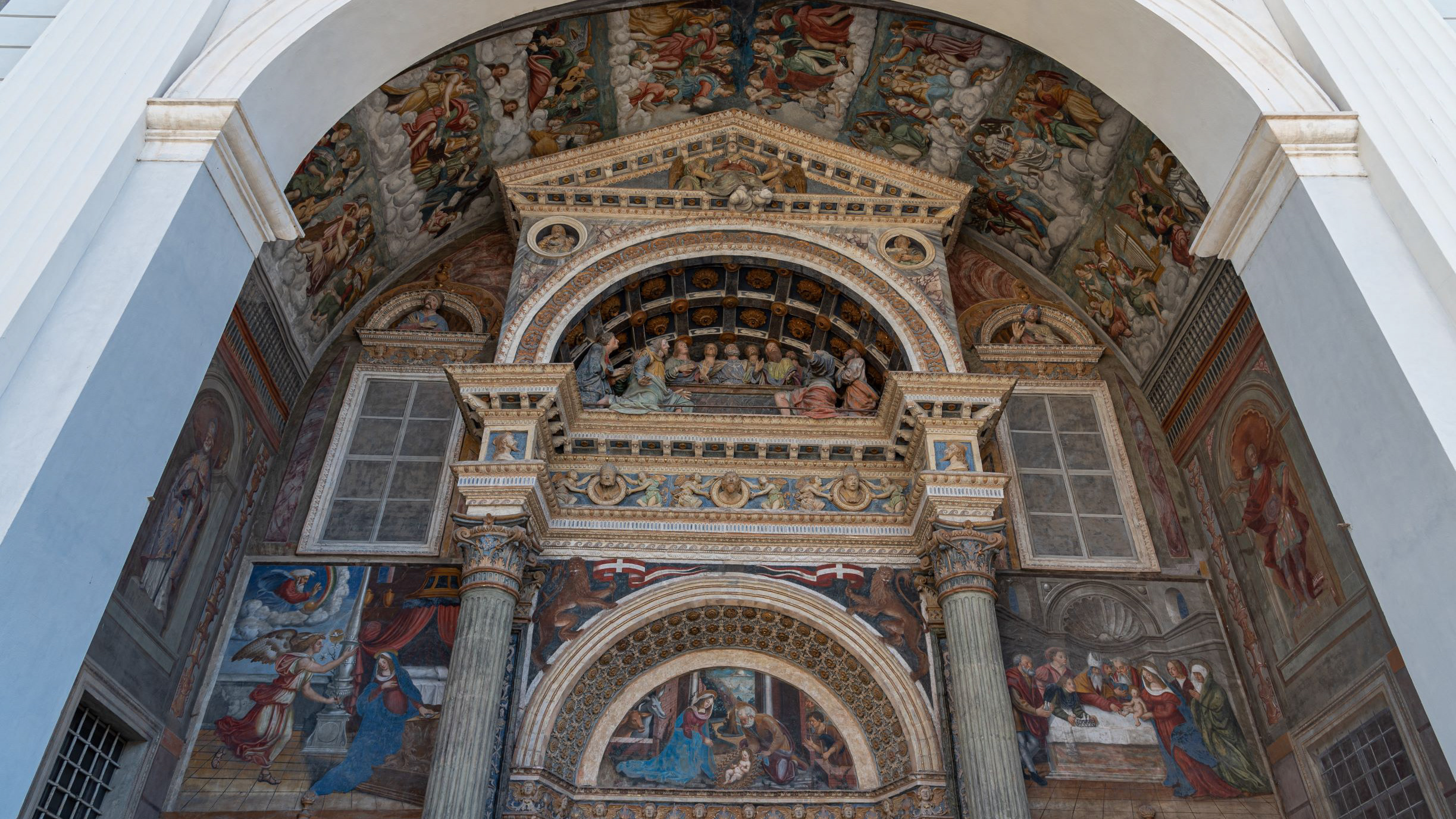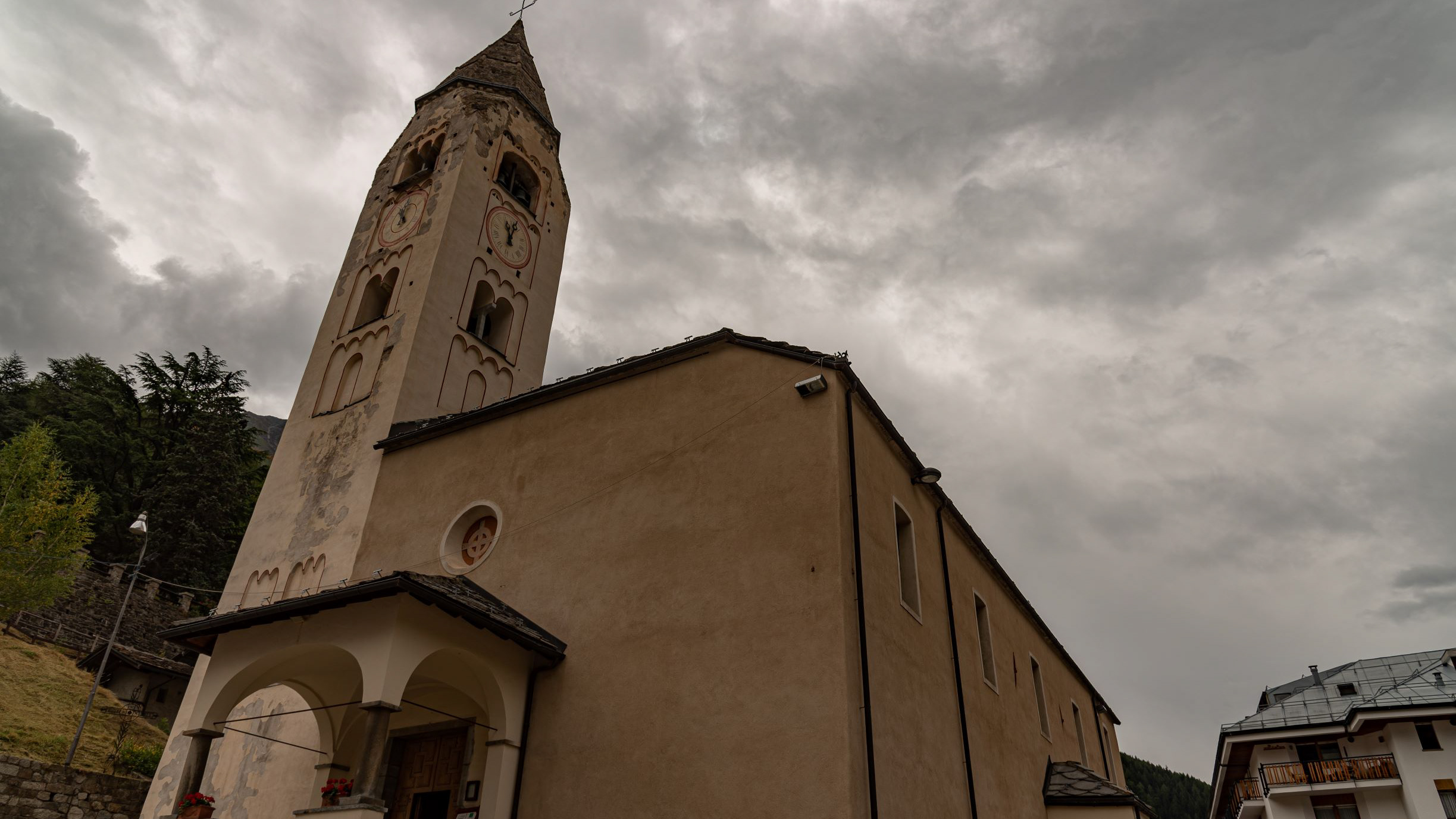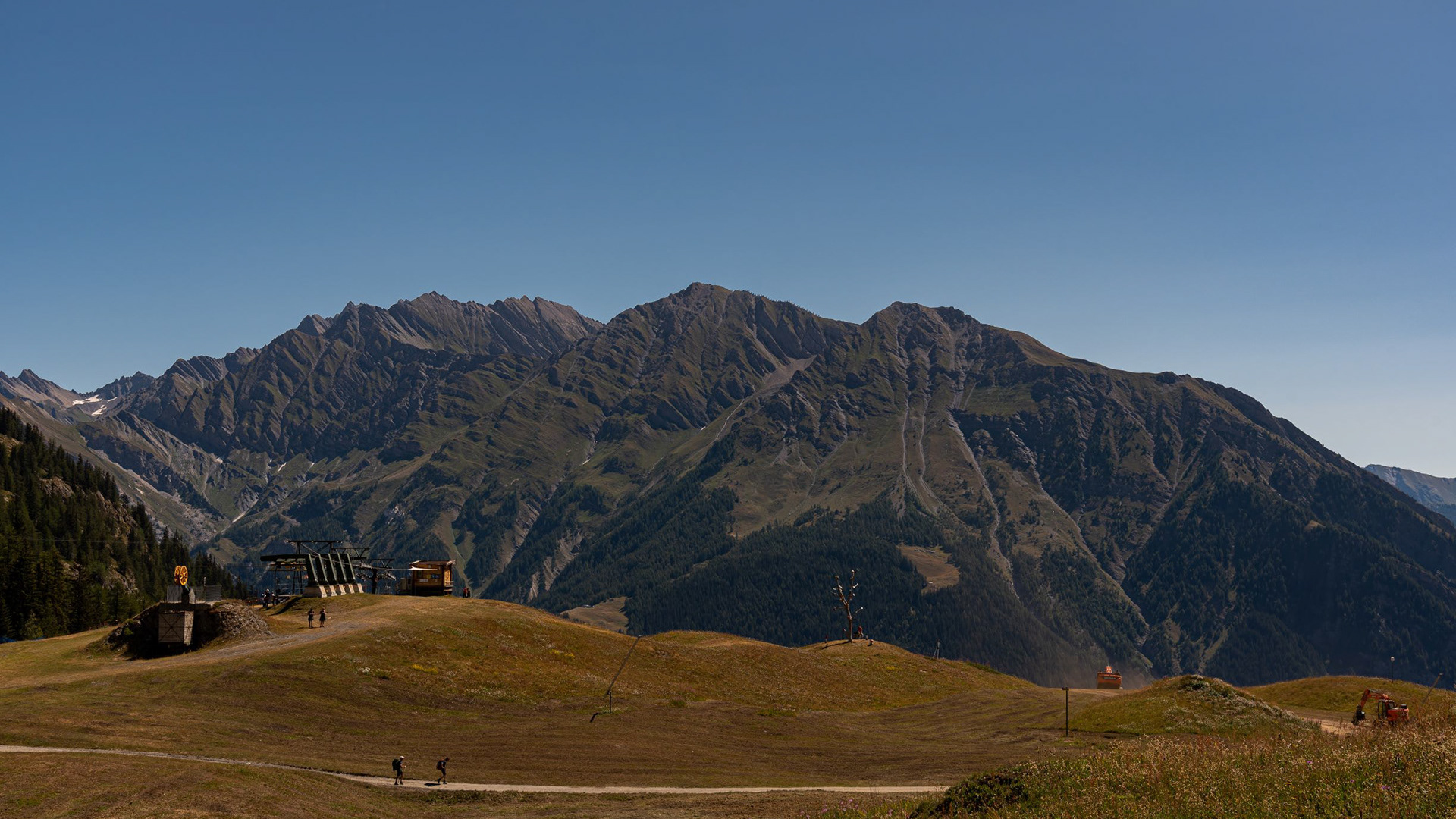Mont Blanc Massif
The Mont Blanc Massif is a mountainous massif belonging to the Mont Blanc Alps (Alpi Graie) which affects the Aosta Valley (Italy) and Haute Savoie (France) and which includes the summit of Mont Blanc and numerous other peaks. The definition of "Mont Blanc Massif" is not always consistent between the various Alpine classifications. They range from a broader definition, which coincides with the definition of the Mont Blanc Alps, to a more restrictive one. Following the SOIUSA, which adopts a more restrictive choice, the Mont Blanc massif is defined as the part of the Mont Blanc Alps deprived of the Trélatête Massif to the south-west and the Dolent-Argentière-Trient Massif to the north-east. With this definition, the massif goes from Col de Miage (3,356 m) to Colle del Monte Dolent (3,485 m).
You may also like
